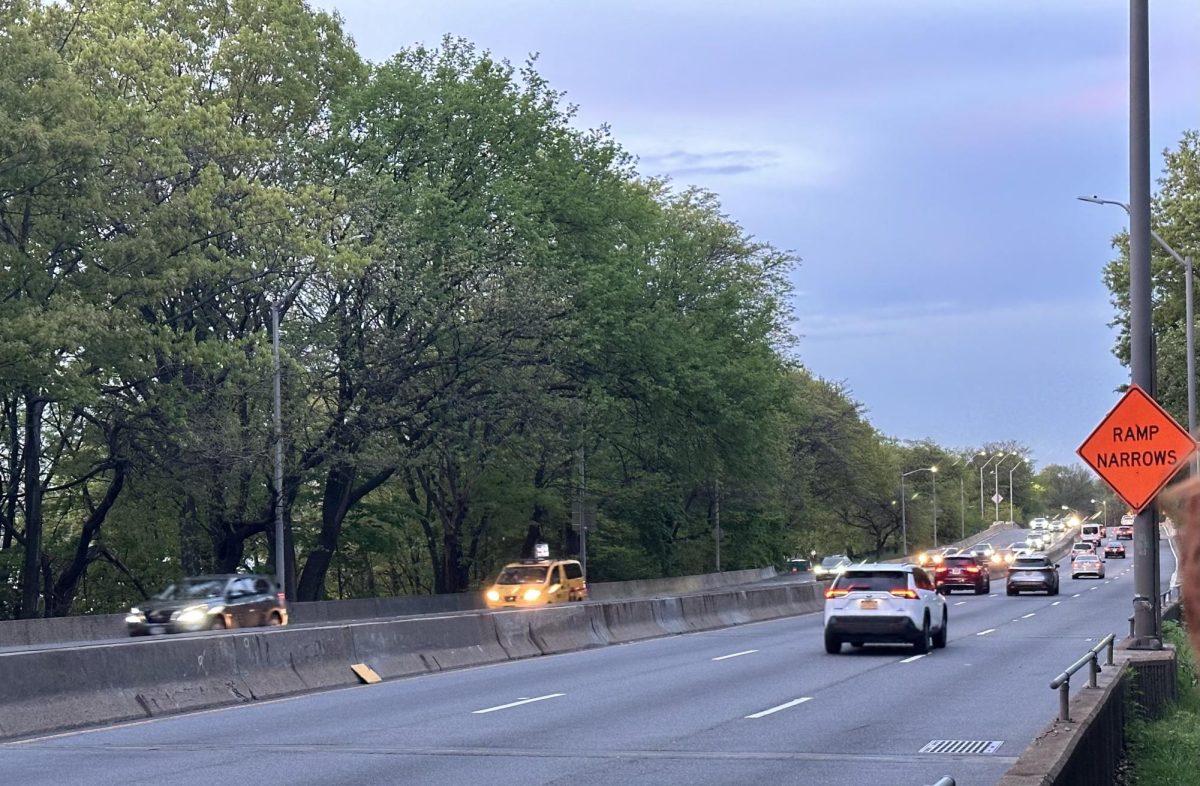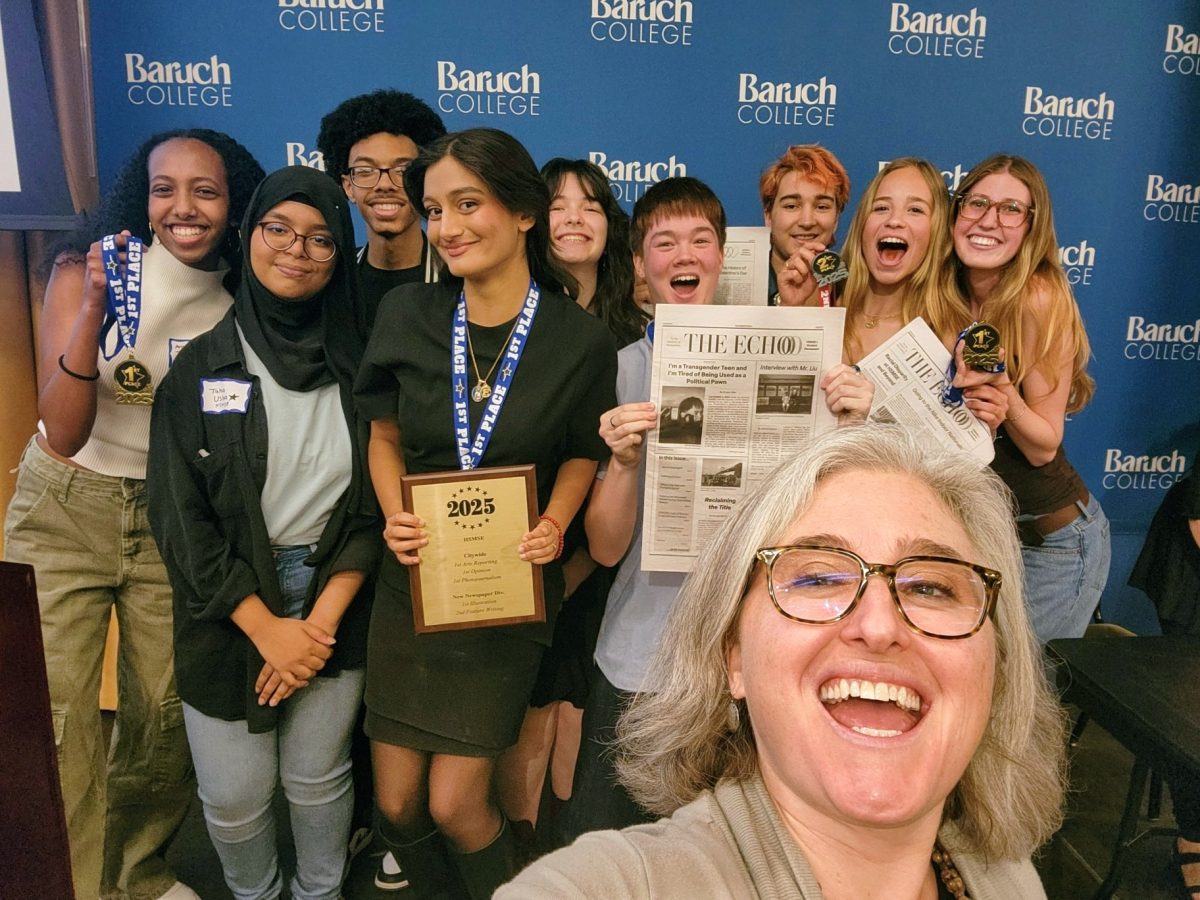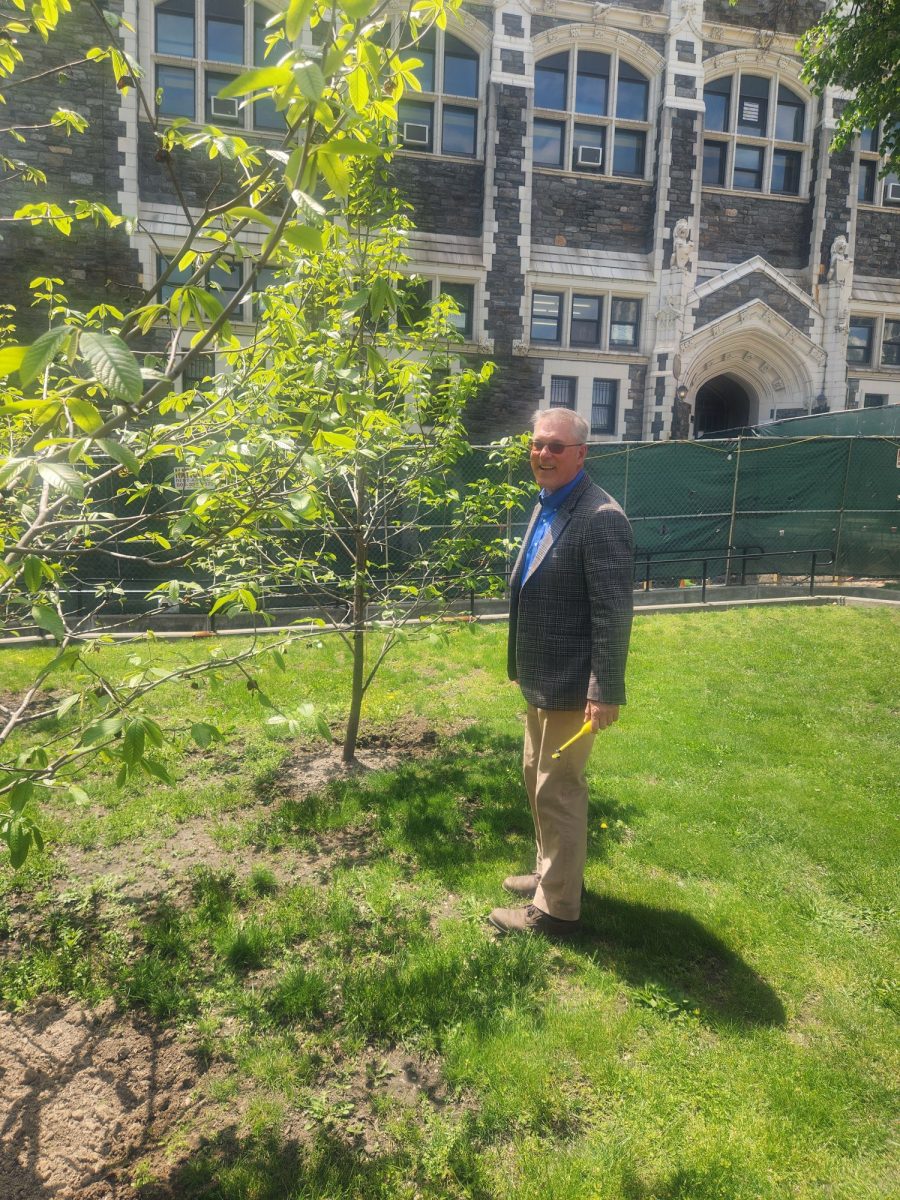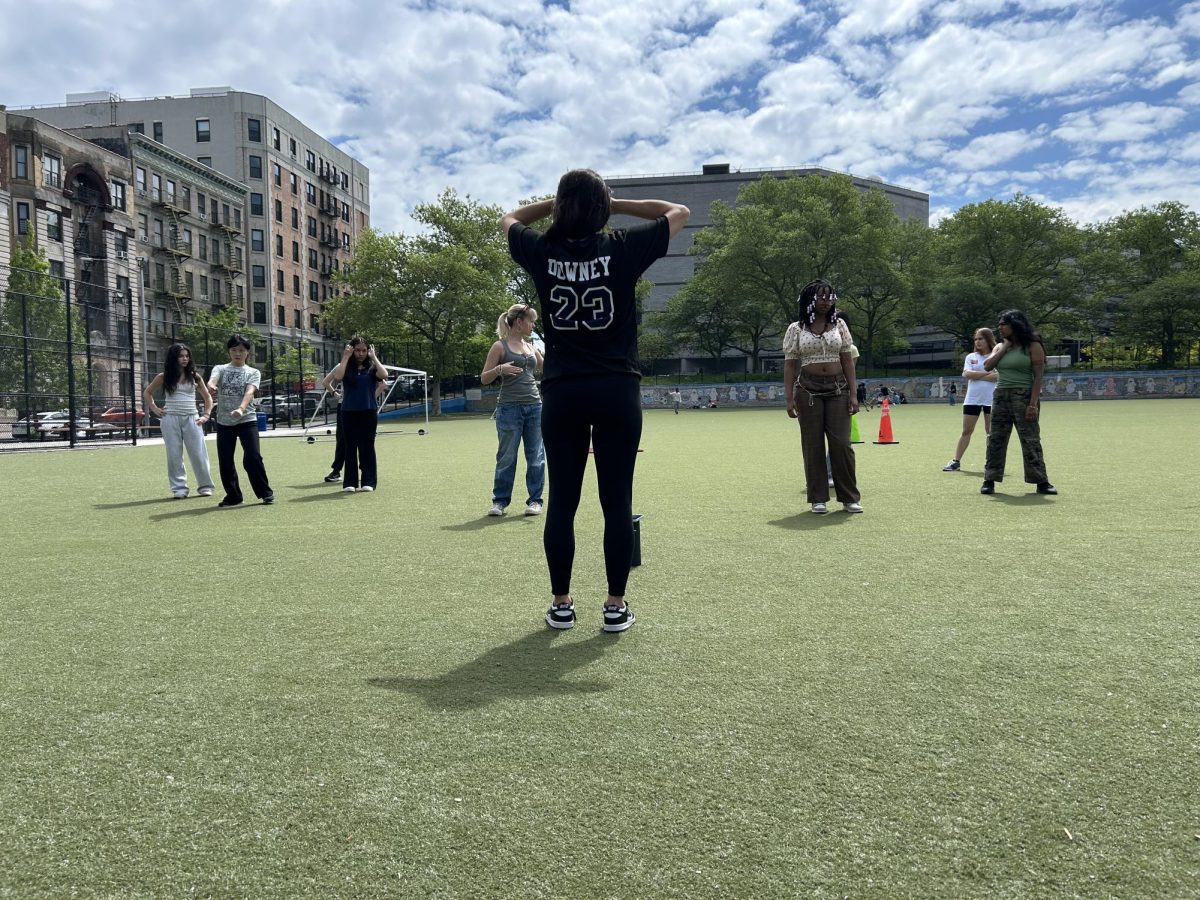It isn’t often that you get to visit the art museums scattered around New York City. They come in all shapes, from massive Gothic buildings to more modern architecture that doesn’t seem possible. Regardless of what these museums offer or how they differ, it is what’s inside that sparks an expedition into the vastness of the world we inhabit. Art museums themselves have a packed and suspenseful atmosphere, with hundreds, maybe thousands, of people lining up to buy tickets and adore the museum’s artifacts. For most people, museums evoke nostalgia, which may be why they are so appealing. It’s easy to notice art from around the world if you look around. Behind that, museums do more than wonder people. They provide inspiration for future artisans, future innovators. Despite their appeal and importance, increasing numbers of people view art museums as an out-of-touch institution.
Art museums were the quintessential poster child of a 17th-century movement that promoted reason and logic, the Enlightenment. Since the average person during the beginning of the Enlightenment was unknowledgeable of reason and logic, followers of the Enlightenment made their private art collections accessible to the public as a bid to educate the public on Enlightenment ideals. This was a break from the strict traditional hierarchy that dictated access to the arts at the time. Immersion in these private collections of art, once reserved for the wealthy, was now possible for anyone. The average shoe shiner could now see and educate himself about the many historical arts that contributed to massive social mobility after the Enlightenment. The idea of art museums eventually spread to American scholars in Europe, who adopted the idea upon their return, creating places such as the famed Metropolitan Museum of Art. Today, they are reminiscent of the ideals that the Enlightenment brought: the importance of public education.
Art museums curate and maintain precious cornerstones of art for the general public, along with educating people about these pieces of art. These goals are all powered by donations from you, the readers. The general public’s generosity and interest in museums contribute to over 98% of their revenue, from donations in the millions to a small souvenir sold in a gift shop.
But the public is failing to give museums the resources to continue their mission. Our government is giving less money to art museums, private donors are ignoring museums, and the public is simply deciding not to visit museums. The lack of attention that we give these museums decreases the financial support that we, the public, give museums to continue their mission. We are simply not giving museums the attention they need. Big donors who can afford to donate millions to a museum are refusing to do so. Some museums are selling some of the artifacts they hold to save themselves from bankruptcy. The facilities museums need to care for and remove their artifacts are simply too expensive to maintain without donations. If society fails to act, these historic, educational institutions will be lost and just a part of history.
These museums provide us with an unparalleled education, necessary in a time where decades of mismanagement has led to declining standards in educational quality. Museums, however old, provide us with inspiration and the platform from which we can progress further. Museums are the springboard from which we can create beneficial novelties. Museums allow individuals to see life in a different way, to create alternate solutions to dilemmas, and to nurture creativity that drives progress and growth. Creativity in students has declined since the 1990s, when the institution of museums started to decay. This drop in creativity has considerable implications for the future of engineering and technology fields, which rely on innovation to power these industries. Without museums, progression would come to a complete stop. Museums are an essential part of what drives progressive society, and the easiest way to revive museums is to simply put our phones on airplane mode and go out. There are many museums in NYC, such as the Museum of Modern Art, the Whitney Museum, and a little-known gem called the Met Cloisters. For those who cannot afford the high admission fees, there’s something called a Culture Pass, which allows you to visit over 80 artistic institutions around New York, as long as you apply with your New York Public Library card (you should have one by now). Seeing these museums is an experience in and of itself, so give yourself ample time to enjoy wandering through the halls. If it’s your first time, it’s best to grab a map, because museums tend to be massive. Just take in the environment and enjoy your experience. You are lifting art museums back into the important educational position that they have been in for the past 400 years.




















